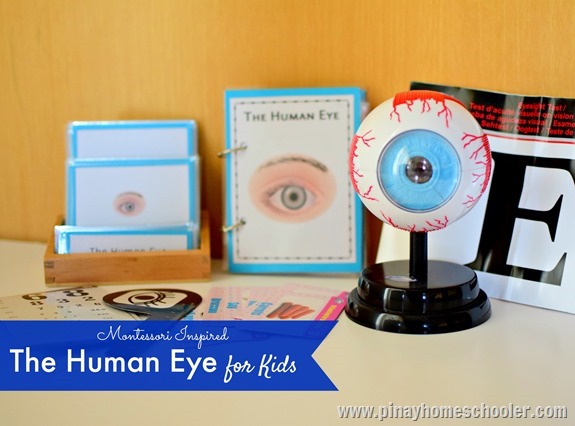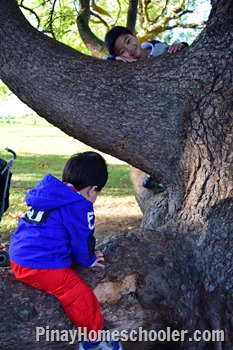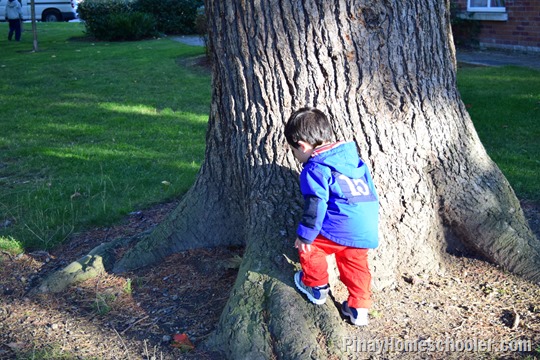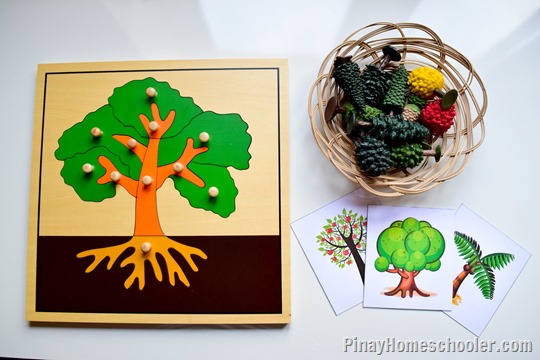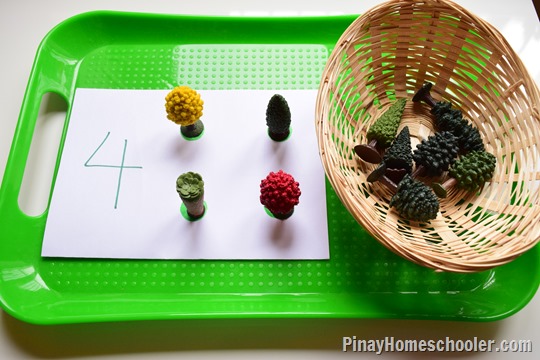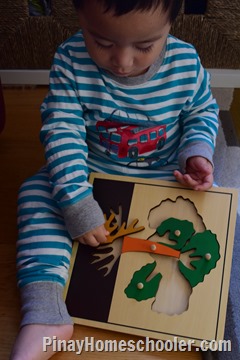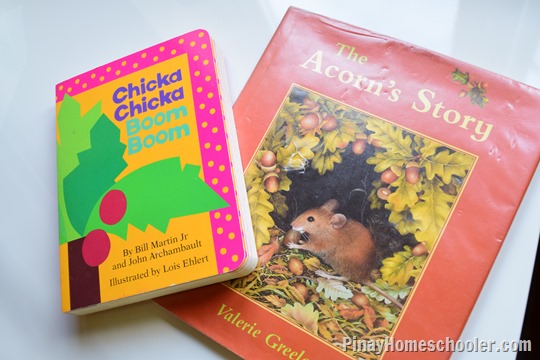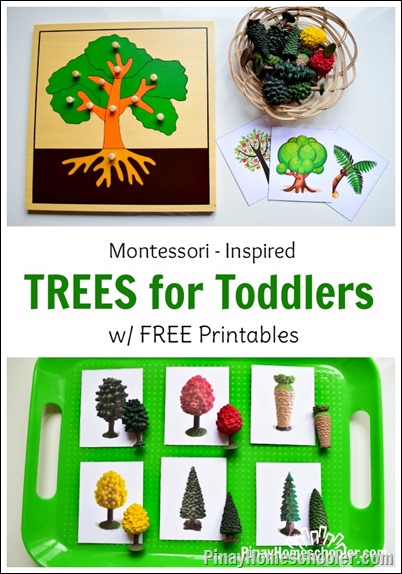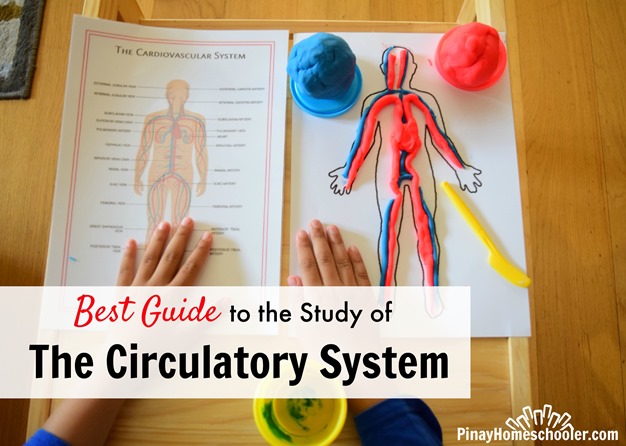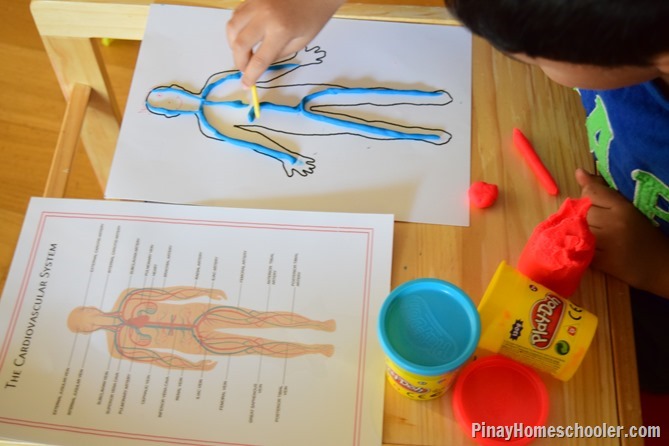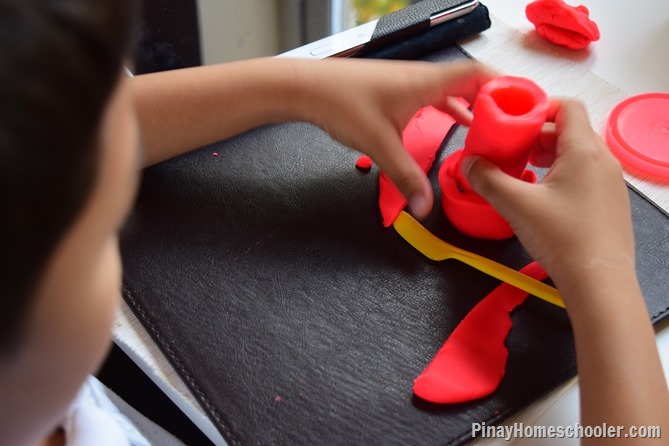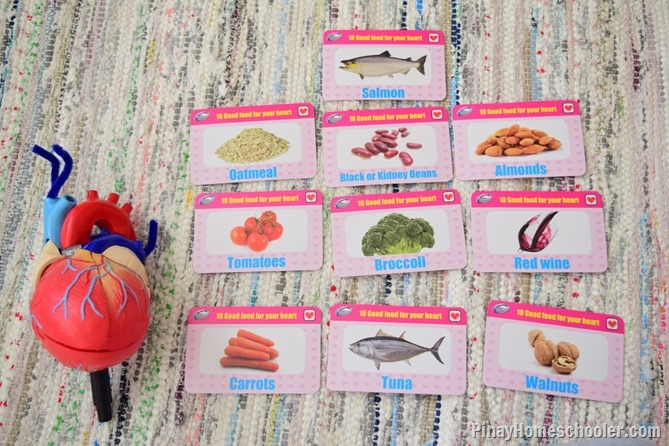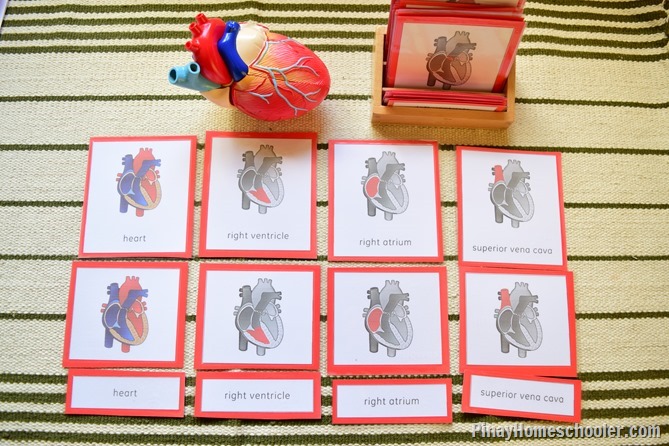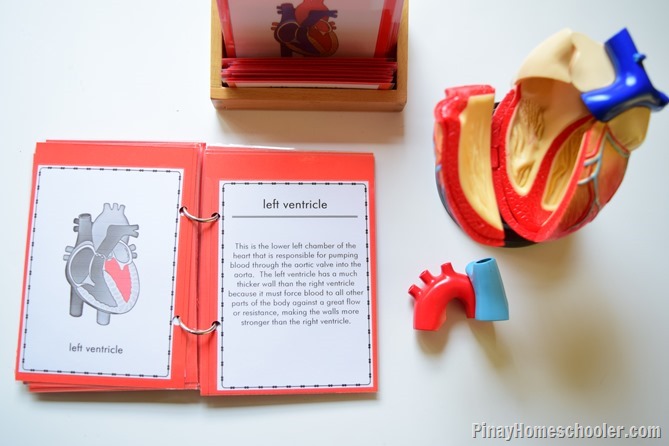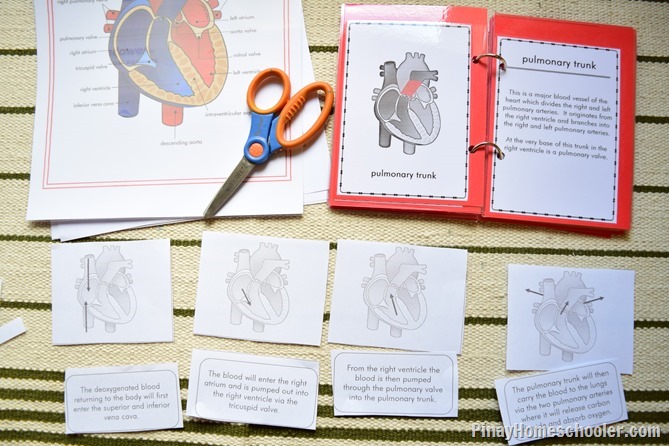** contains affiliate links **
Mavi was so excited about this. He has always been so curious of the human heart and how it works. Because he reads some biographies, he would encounter terms like “died of heart attack” LOL and most probably triggered his curiosity and enthusiasm in learning about the heart. So I worked hard to create learning materials for our study and I’m so happy that they turned out pretty good, and Mavi loves them!
Objectives on why we study the human heart:
Learn how the heart works
Learn why it is one of the most important organs in the body
Learn its functions
Learn how to avoid getting heart diseases
Learn how to maintain a healthy heart
Learning about the human heart might be too advanced for a 7 years old. But Mavi was persistent, and because I created the materials suitable for his age (lots of graphic presentation) he was so engaged the entire time we talked about this important internal organ. Another advantage of learning this at home is that I get to filter “complex” concepts. This means, I set aside information that he can’t absorb yet and save it once he’s old enough to understand complex functions of the heart.
So let me share with you how we worked on our human heart. Links to the materials used are provided at the end of this post, including where to buy heart models.
The Human Heart and its Parts
It’s always been a practice that we always start learning about different parts of our subject. And in Mavi’s case, he learns and absorbs everything with the use of
The Human Heart 3-part cards. We’ve been using this technique since he was 3 years old and so far he’s used to learning this way. The retention is great, he can remember the parts by working on these cards over and over again.
Of course, having a heart model adds up to the fun in learning. It’s the closest we can get to visualize what the heart really looks like, unless we dissect a pig’s heart

Aside from the 3 part cards, we also used the definition booklet included in
The Human Heart learning pack. It was so handy whenever I needed to describe each part, its function and how it works. We took turns in reading and discussing the parts.
Afterwhich, Mavi worked on the activity sheets, also included the
The Human Heart learning pack. It’s basically making his own heart anatomy booklet (less the description).
How the Human Heart Works
This part was for Mavi to understand how the blood flows in and out of the heart. To demonstrate how this works, we used our materials mentioned below, plus pipe cleaners to trace the flow of blood.
As you can see, we used pipe cleaners to demonstrate the blood flow in the left ventricle (blue pipe cleaners) and the red pipe cleaners for the right ventricle.
So now, Mavi knows which part of the heart is responsible for distributing deoxygenated blood to the lungs and the part which distributes oxygenated blood to the rest of the body.
Heart Diseases
I just have to include this to answer Mavi’s question about “heart attack”. Included in my
Cardiovascular System Information Diagrams, is a presentation of the different heart diseases. One of the main focus of our study is the coronary heart disease which is the main cause of a heart attack. Here, I pointed out which part of the heart is affected and how it is causing the problem.
Our model comes with arteries showing the progression of fatty residue that limits the flow of blood flow. See how Mavi discovered that there’s not enough space for the blood to flow when the walls of the artery is covered with fats.
Now his question is, can he still eat fatty foods? Now that’s another story and will be included in my Circulatory System post next month.
By the way, if you wish to demonstrate this with your kids, you can either use a straw or a hose, tissue rolls can also be used, and for the fatty residue Playdoh would be best.
And that’s about it, our human heart study. I hope you find this post helpful!
Materials Used:
Where to buy Heart Model (US):
Where to buy Heart Model (UK/Europe):
I know you’ll be needing this for later, so here’s a pinnable image for you!
Please follow my Pinterest board for more ideas!
